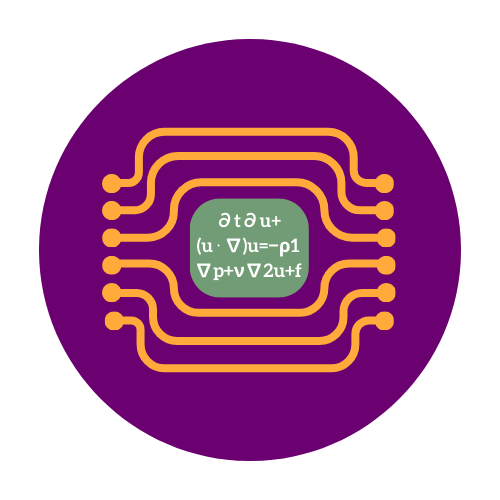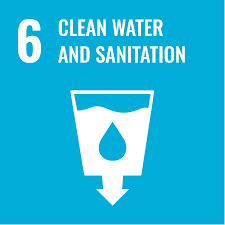Water Resource Management
Quantum fluid dynamics solution to model aquifer systems, prevent and monitor contaminant breakthrough and assess impact of climate change on water reservoirs.
Owner
Status
Quantum Approach

Phase 1 – Outline

Linear Systems of Equations and PDEs
SDGs
Contributors
Origins of Contributors

American University of Beirut
Norwegian Computing Center
UNHabitat


Impact/context
Water scarcity affects approximately 500 million people living in semi-arid developing regions, which experience high precipitation events and flood risks during about 120 days of the year, followed by increasing water shortages for the remainder of the year.
In many areas worldwide, particularly in the MENA region, groundwater is the primary source of natural freshwater. Water stress and scarcity are expected to worsen due to growing urbanisation, rising demand and the external pressures of climate change. Therefore, effective management and protection of groundwater quality and quantity at the source, such as wells, springs and aquifers, is essential.
Meeting these objectives will help reduce contamination-related outbreaks and address inequalities, especially in the Global South, where water shortages are severe and investments to improve water access are limited. It will also support the preservation of life on land, particularly groundwater-dependent ecosystems like wetlands.
How quantum could help
Conventional computational techniques for flow and transport simulations in transient mode typically rely on finite difference or finite element methods to solve 3D flow equations. On classical machines, the complexity of these simulations depends on the spatial dimensions of the karst model, as well as the resolution and level of complexity used to represent the karst’s fractal structure at increasingly finer scales. In short, the closer the simulation approaches physical and geological reality, the greater the computational demands become for evaluating the suitability of substructure models, models that are essential for placing quantifiable constraints on aquifer management.
As mathematical models grow more sophisticated (for example, using nonlinear Navier-Stokes equations instead of linear advection-diffusion), and as the resolution of the karst model increases, computational demands will escalate significantly. At this point, alternative computational hardware and approaches, such as quantum computing, may become necessary to meet these challenges.
